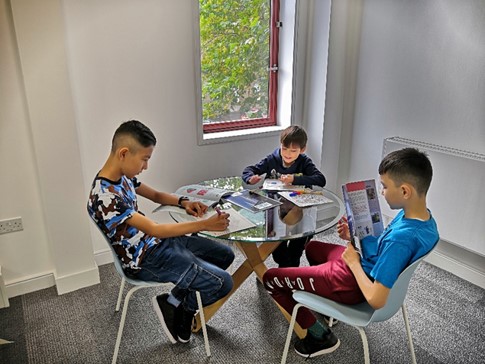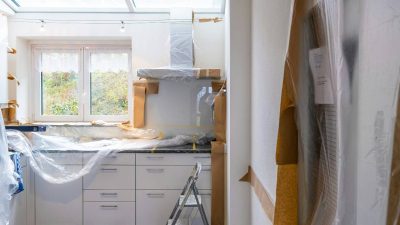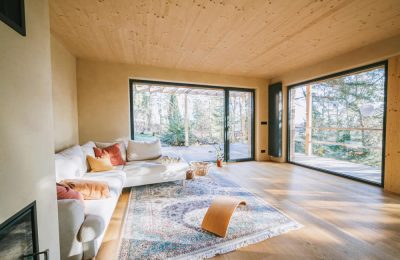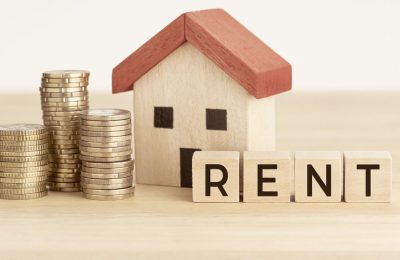Tenants, not buildings, need to be at the centre of the housing debate in Scotland. Too often discussions revolve around figures – number of homes, number of sites, financial statistics and sometimes meaningless targets and key performance indicators (KPI).
The only KPI for those in the sector ultimately worth achieving should be the safety, happiness and general satisfaction of those they build houses for – their tenants. Most in the sector do take great care of tenants, as well as the fabric of the buildings, but perhaps more still needs to be done to look after the general health and wellbeing of those living in their properties.
There have been disturbing stories in the news recently highlighting the appalling conditions that some people are living in. In some cases, this has resulted in tragedy and one case in particular has caused great angst and distress. A coroner ruled the death of a two-year old in Rochdale from a respiratory condition was caused by exposure to mould, and the medical profession is now questioning its role in housing health related problems. The British Medical Journal has, this month, been debating that very point.
Developers, owners and landlords have a duty to take care of their tenants. Housing can also be a catalyst for econmic development and help build and foster a sense of community. It is not all about bricks and mortar and the Scottish Government’s plans for 20-minute neighbourhoods, replicated elsewhere in the UK, highlights an increasing focus on achieving sustainable communities.
Emerging priorities
Landlords and owners need to be responsive to the changing needs of tenants and flexible enough to accommodate the evolving circumstances that those under their care face. It is interesting to note that the Scottish Housing Regulator has just published its latest strategy, but just for the one year ahead. Any organisation would normally produce such a document to cover a longer term, but the Regulator has specifically said this is to allow flexibility to respond to emerging priorities. The housing sector is indeed now a fast-changing environment.
Rental homes need to be more than just a structure and some innovative thinking is required. Small changes can have a big impact and as an example, in a mid-market development at Westwood House in Edinburgh, tenants were allowed to swap flats with both parties better suited to each other’s homes. The common areas in this development were also given over to mini libraries and reading areas and children encouraged more than most to make use of these.
So, the key question for landlords and owners must, going forward, be ‘what else can we do to promote a safe and pleasant environment for tenants’, beyond simply handing over the keys to a property.
In today’s high-tech world, apps and online solutions are often seen as the best way to serve tenants, but the importance and impact of face-to-face engagement can never be overstated. Perhaps that should be the starting point for better serving tenants.












